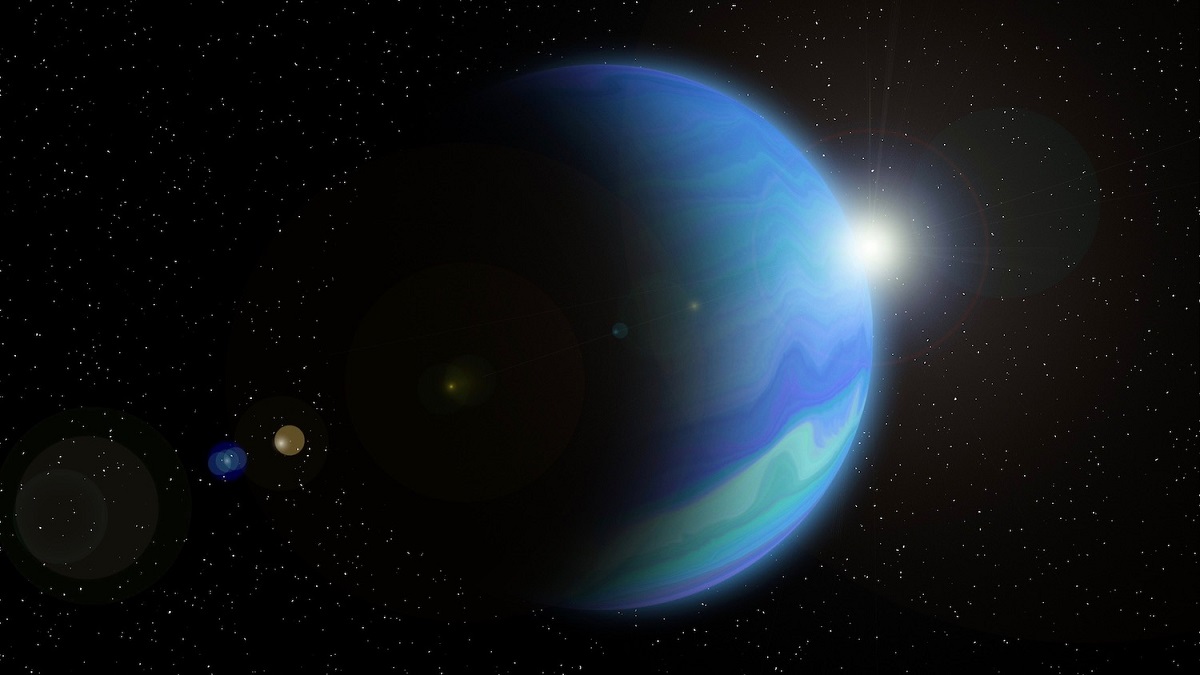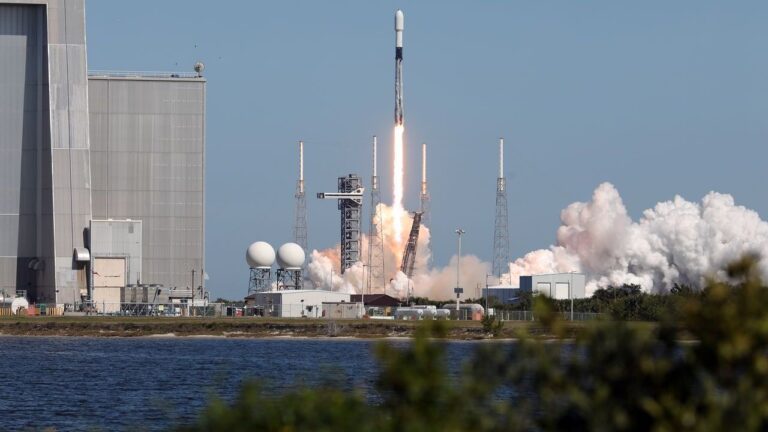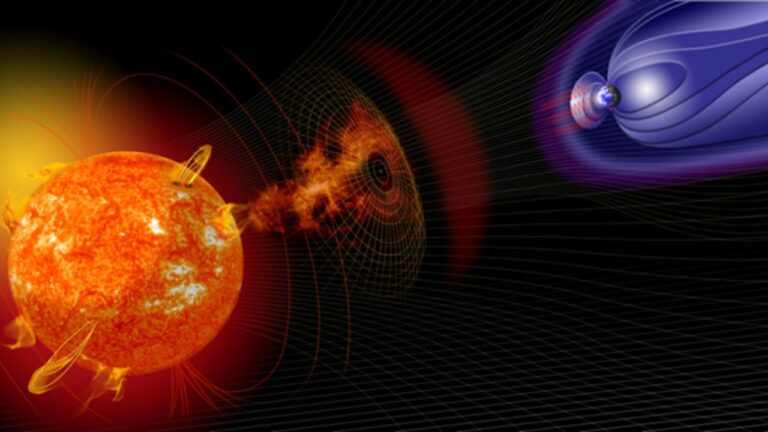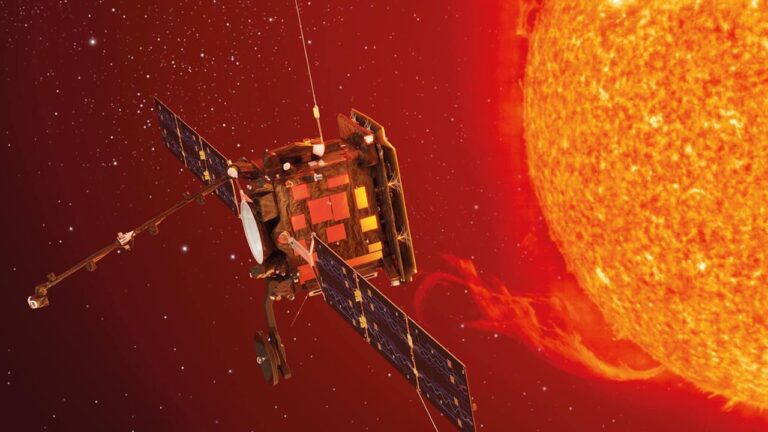
Astronomers remain divided on the existence of Planet 9, a hypothetical ninth planet in the outskirts of our solar system. Despite nearly a decade of debate, recent research from Caltech adds another layer of evidence supporting its presence.
The Puzzle of Trans-Neptunian Objects
Trans-Neptunian Objects (TNOs), distant celestial bodies beyond Neptune, have perplexed astronomers for years. Some TNOs exhibit unusual orbits, hinting at the gravitational influence of a massive, unseen object—perhaps Planet 9.
The Debate Rages On
While some scientists support the idea of Planet 9 as the solution to TNOs’ peculiar orbits, others propose alternative explanations. From natural formations to alternate planets, various theories vie for acceptance in the scientific community.
Despite extensive searches using advanced telescopes and satellite data, Planet 9 remains elusive. Astronomers, including those from Caltech and Yale, have scoured the skies without success, emphasizing the challenge of detecting such a distant and faint object.
Anticipation grows for the Vera Rubin Observatory, slated to commence operations in 2025. Equipped with cutting-edge technology, it offers renewed hope for finally resolving the mystery of Planet 9. Its powerful instruments may hold the key to either confirming or debunking its existence.
What If Planet 9 Isn’t Real?
Should Planet 9 prove nonexistent, scientists will need to reassess their understanding of TNOs and their orbits. Each observation presents a unique puzzle to solve, challenging researchers to explore alternative explanations for the solar system’s enigmatic behavior.
Amidst the ongoing quest to unveil the secrets of our celestial neighborhood, the mystery of Planet 9 serves as a testament to the complexities of space exploration and the enduring curiosity of humanity.






